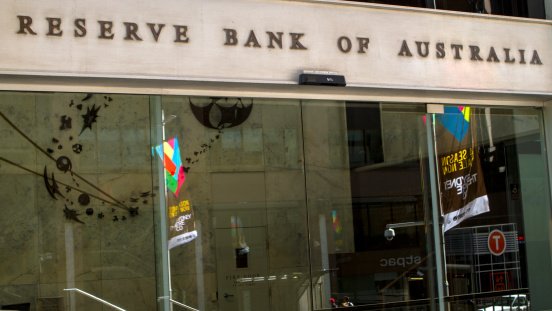
The RBA minutes for the June meeting indicated that the member turned more optimistic about economic recovery. Yet, they remained concerned about soft inflation and wage growth. Accommodative monetary policy would stay in place for the years ahead. at the next meeting, we will likely hear more details about the QE program after its expiry in September.
The minutes conveyed an upbeat tone on the economic developments. For instance, the RBA acknowledged that “the unemployment rate had fallen more quickly than expected and there had been reports of labor shortages in some parts of the economy”. It also noted that “leading indicators of employment growth, including job vacancies, pointed to ongoing strong employment growth, and the unemployment rate was expected to decline to around 5 per cent by the end of 2021”.
However, the members remained cautious about wage and inflation. As noted in the minutes, “inflation and wage pressures remained subdued, despite the strong recovery in the economy and employment. A pick-up in inflation and wages growth was expected, but this was likely to be only gradual and modest”. The minutes added that “it was likely that overall wages growth would need to be sustainably above 3% to achieve the target, and this is well above the current level”.
On the monetary policy outlook, the RBA affirmed that there would not be a rate hike “until 2024 at the earliest”. Concerning QE purchases, policymakers believed that ceasing the program after September would be “premature”. Three possible options proposed at the meeting included 1) repeating AUD 100B of purchases for another 6 months; 2) scaling back the amount purchased or spreading the purchases over a longer period; and 3) moving to an approach where the pace of the bond purchases is reviewed more frequently, based on the flow of data and the economic outlook. On yield curve control, the members reiterated that they would decide whether to retain the April 2024 bond as the target, or extend to the November 2024 bond. As suggested in the minutes, “a key consideration for the decision regarding the yield target would be an assessment of the prospect of this condition being met some time in 2024”.


 Signal2forex.com - ຫຸ່ນຍົນ Forex ທີ່ດີທີ່ສຸດແລະສັນຍານ
Signal2forex.com - ຫຸ່ນຍົນ Forex ທີ່ດີທີ່ສຸດແລະສັນຍານ




